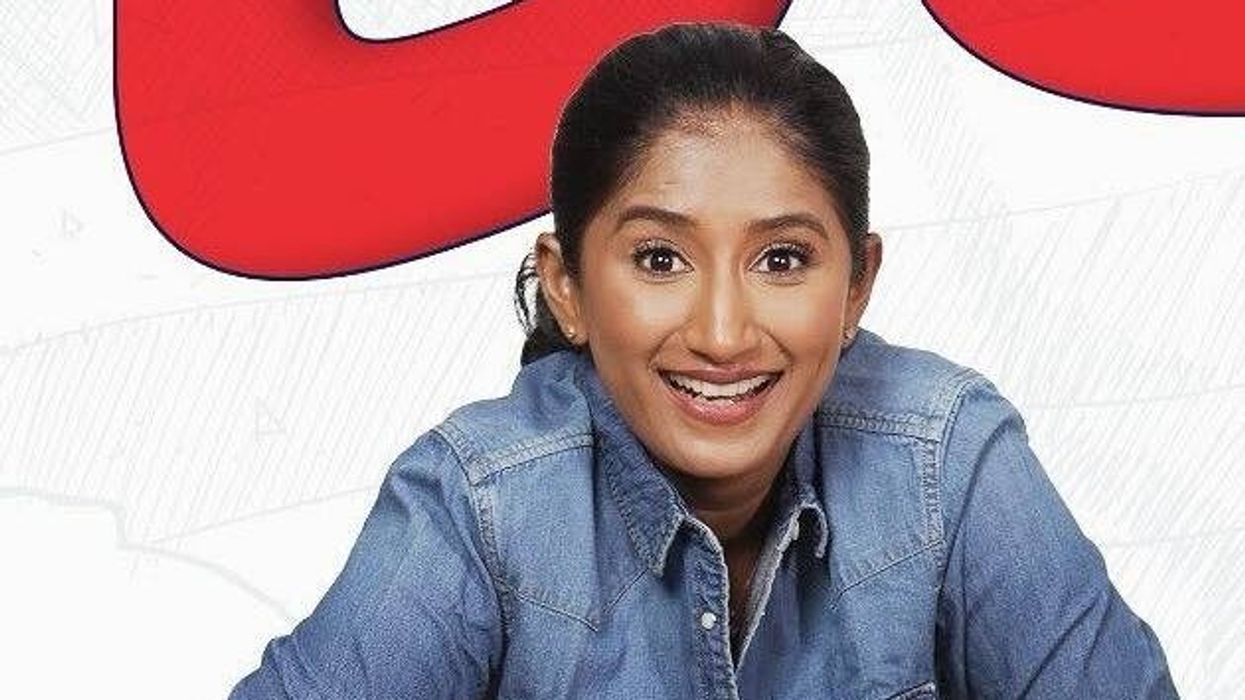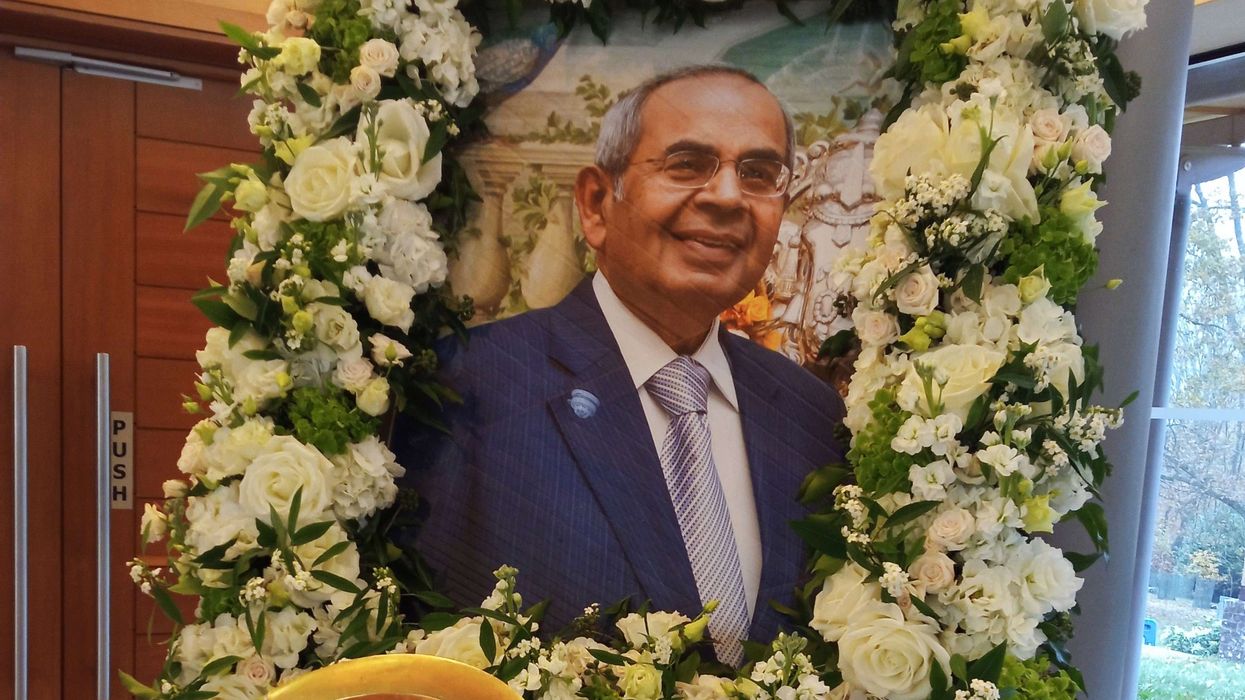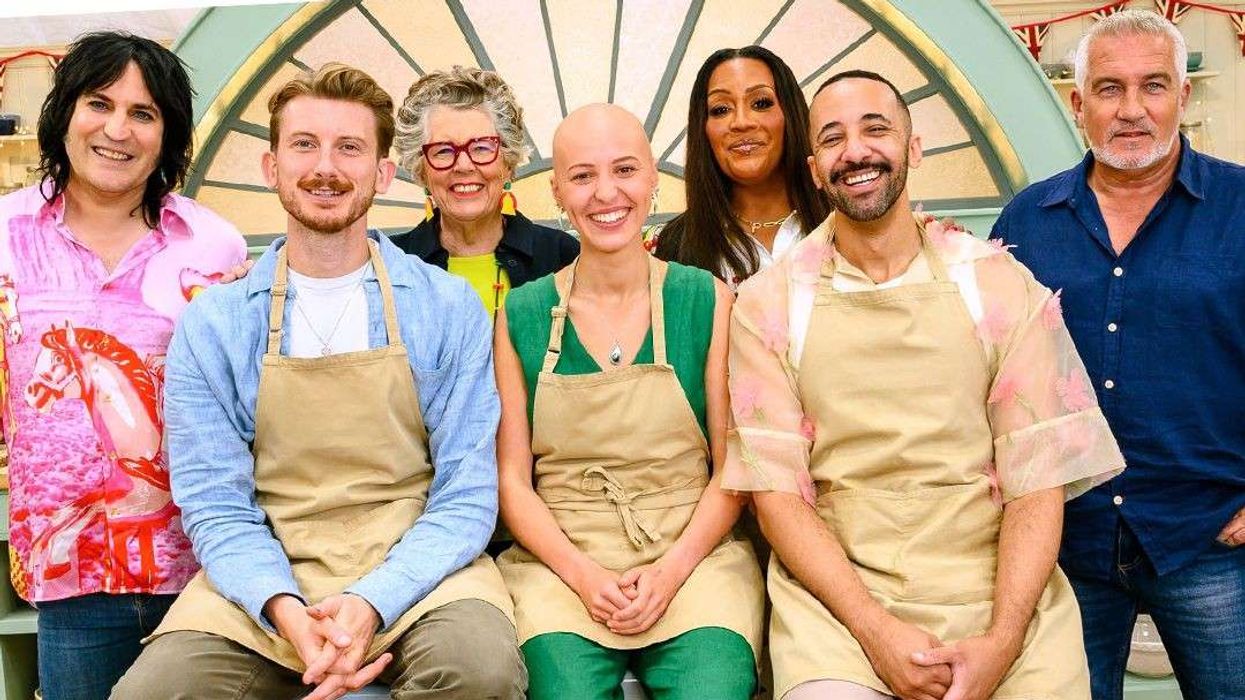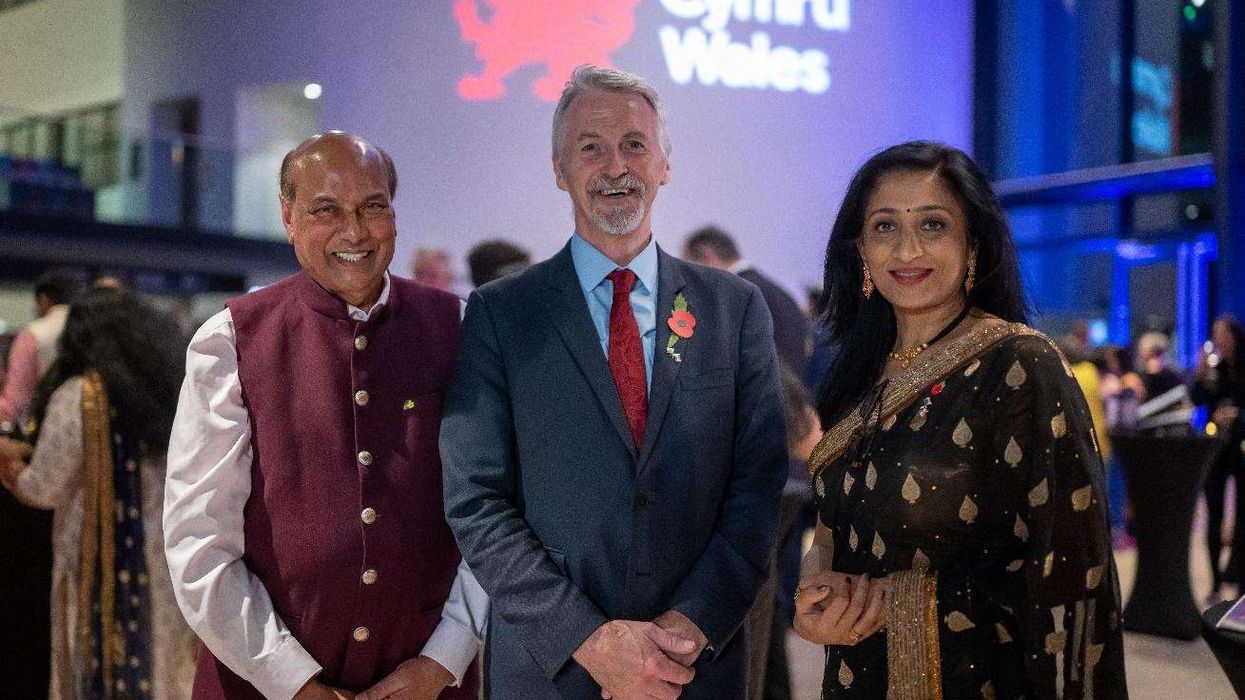HAS Britain entered a racism time warp? Health secretary Wes Streeting spoke out about NHS staff experiencing “a rising tide of racism”, rueing that some people think “1970s, 1980sstyle racism” is permissible again.
For British Asians, talk of the racism of that era may evoke a single word: “Paki”. It is a slur central to the experience, memory and history of racism in Britain. But this is not the 1970s or 1980s, anymore. Racism sparked change, in anti-racism campaigns and new laws. Attitudes shifted. The toxic fringe never entirely disappeared, but the growing stigma against racial slurs impeded their efforts.
Institutional declarations of “zero tolerance” towards racism can become an unthinking mantra. But, whether we mean that matters. Recall how all hell broke loose at news that Yorkshire Cricket Club dismissed the use of the P-word against Azeem Rafiq as “banter”. Politicians chimed in. Sponsors pulled out. Yorkshire could not host international cricket without an action plan. The cricket case illustrates a common-sense test. If zero tolerance means anything at all, it entails a commitment to act against egregious breaches – and to uphold our laws protecting anti-racism norms.
So how far should we tolerate the racist slur “Paki” in the Britain of 2025? More than 95 per cent of people would find the idea of doing so abhorrent. Yet one significant contributor to the racist time warp effect is just how spectacularly the zero-tolerance test is now being failed online.
Efforts to renormalise racism used to focus on fringe platforms. Yet, today it is X (formerly Twitter) – a platform used by the government, most MPs and journalists and up to twenty million people in Britain – which shows infinite tolerance for this ugliest of racial slurs. X hosted hundreds of abusive tweets using the P-word last week. Asian women with a public profile, such as left-wing MP Zarah Sultana, home secretary Shabana Mahmood and prominent media voices, receive a disproportionate share of racism laced with misogyny. There are targets across the political spectrum - from Green deputy leader Moshin Ali to Zia Yusuf of Reform. The P-word is used to target British Indians, from Rishi Sunak to those with much less public profile who dare to discuss experiencing racism.
Crucially, the problem of tolerating racial slurs goes far beyond X just ignoring this racist tide, a mere act of omission. Instead, its broken complaints system actively defends those racially abusing other users with the P-word: not by mistake five per cent or 10 per cent of the time, but as the prevailing platform norm, an astonishing 95 per cent of the time when I sent in over a hundred examples.
Ethnic minorities have much more public voice today. It seems strange to realise those Commons debates over Enoch Powell’s calls for mass repatriation took part in all-white parliaments until 1987 – though those MPs did pass anti-discrimination laws. Only in this century did English constituencies first elect MPs of Pakistani heritage. But visibility can drive a backlash too. Reform MP Sarah Pochin recently blurted out in an interview how mad it makes her to see so many black and Asian faces on TV. That 90 ethnic minority MPs got elected in 2024 demonstrates how diversity in public life is a ‘new normal’ for most voters. It also puts a wider range of targets one click away from toxic racists, too. So ethnic minority men and women have more equal opportunities to reach the top in this generation – yet will face a viscerally more unequal experience of public life while major platforms offer impunity to racial hatred.
Fatalism becomes a barrier, if online hate seems too big to tackle. Yet there are simple ways to make a big difference. Ofcom has new powers to insist that unlawful content is taken down. Platforms take removing child sexual exploitation seriously – but do not emulate the commitment, capacity and tools applied to child porn and terrorism offences to racist hate crimes, too. Yet our laws are not a pick and mix buffet. That X defends Pword abuse at a 95 per cent rate is compelling evidence of a systemic failure: it protects the unlawful hate it has a responsibility to remove.
It is time to turn the tide. An ironic benefit of Tommy Robinson’s march on London was to galvanise the Labour government out of an anxious reluctance to acknowledge the surge of racism. These are unchartered times, when the most toxic racists in our society have acquired such a rich and powerful protector as X’s billionaire owner Elon Musk.
'But the government must find the courage and means to do something useful. Streeting’s words of empathy were a nice thing to hear – as long as action follows. The time warp effort to bring racial slurs back into fashion will fail if we insist on our zero-tolerance norm.
It is time to send the P-word back into its time capsule – by recognising the urgency of making social media lawful again.













